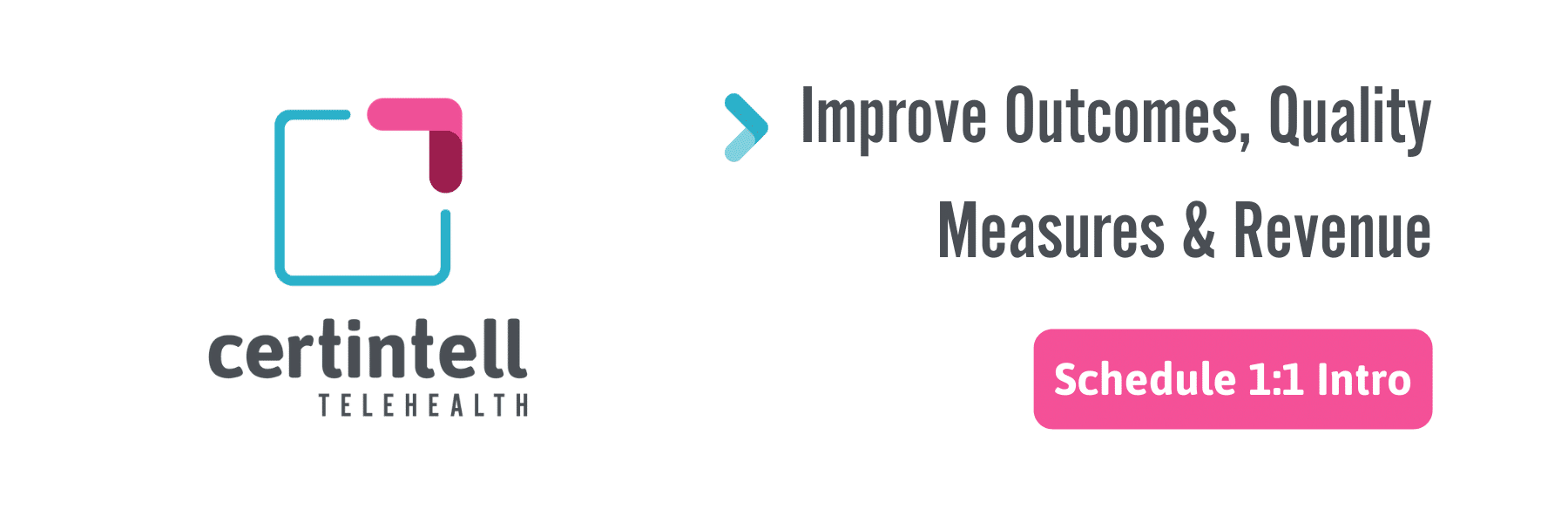Children across the nation are facing a common struggle of mental and behavioral disorders. Given that 50% of mental disorders begin by age 14, it is paramount that students receive the care they need and are diagnosed early on in life.¹ With many children living with undiagnosed mental health disorders, left untreated, students struggle academically and socially. This is something that needs to be addressed for the health and safety of students.
Studies have shown the importance of in-school health centers in helping children achieve academic and social success. Establishing school-based health centers (SBHCs) will have a positive impact on the quality of care for students. Many schools have already begun to implement extensive mental health programs and treatment plans within their schools to provide care for students, however, there is still room for further improvement.
One solution to help with diagnosing and treating students efficiently and efficiently is through the use of telehealth for SBHCs. In fact, states have a lot of freedom when it comes to telehealth and telemedicine. A school is able to serve either as a destination site where the service provider is, or as the originating site, where the beneficiary is. Additionally, whether a school is using a fee schedule or cost-reimbursement method, Medicaid programs may cover costs incurred to provide telehealth services. Currently, Medicaid does not classify telehealth as a separate service. The service provided via telehealth is classified as the same standard it would be had the service been performed face-to-face. However, telehealth is strongly recommended by a number of entities such as The Telehealth Grant Network Program (TNGP), to be implemented in school-based mental health programs.²
READ MORE: From Acute Care to Diabetes, learn how to Advocate for SBHCs
Telehealth services can be especially beneficial in rural areas where there is frequently a lack of medical professionals to meet the need for mental and behavioral health treatment. With a shortage of providers in the area, telehealth can help connect students with professionals who can diagnose, create a care plan and monitor them, giving them a very high standard of care.
¹ https://www.ncbi.nlm.nih.gov/pubmed/15939837
² https://www.medicaid.gov/federal-policy-guidance/downloads/CIB20190701.pdf

